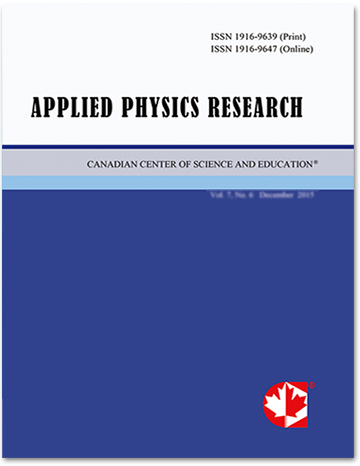Inertial Potential From the Equivalence Principle
- Francois Danis
Abstract
This paper presents an idea to replace special relativity by general relativity applied to an inertial field. The equivalence principle allows us to define an inertial potential equivalent to the gravitational potential. The inertial potential will be further defined using kinetic energy, then the inertial potential will explain the kinematic effect of Hafele-Keating experiment (the experiment where atomic clocks flew around the Earth).
A serious problem appeared, independent to replacing special relativity by general relativity. The time reference chosen by Hafele-Keating (above the North Pole) is correct but unjustified. That time reference is in fact local: local meaning above the Earth, contrary to above the Sun. Indeed the rotation of the Earth around the Sun has to be ignored or this would give different results. A previous study reached a similar conclusion. If locality seems crucial, this paper presents the problem but offers no explanation why it should work that way. This question probably has to be solved to reach a better understanding of time and time reference.
- Full Text:
 PDF
PDF
- DOI:10.5539/apr.v17n2p120
Journal Metrics
Google-based Impact Factor (2017): 3.90
h-index (November 2017): 17
i10-index (November 2017): 33
h5-index (November 2017): 12
h5-median (November 2017): 19
Index
- Bibliography and Index of Geology
- Civil Engineering Abstracts
- CNKI Scholar
- CrossRef
- EBSCOhost
- Excellence in Research for Australia (ERA)
- Google Scholar
- Infotrieve
- LOCKSS
- NewJour
- Open J-Gate
- PKP Open Archives Harvester
- SHERPA/RoMEO
- Standard Periodical Directory
- Ulrich's
- Universe Digital Library
- WorldCat
Contact
- William ChenEditorial Assistant
- apr@ccsenet.org
